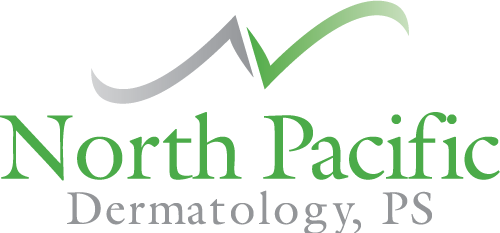3 Treatment Options for Melasma and Brown Spots
Melasma may be a common skin problem, but it can be tough to know for sure whether or not you have it. And even after a diagnosis, it can be tough to know what treatment options are out there. If you’re looking for answers, you’ve come to the right place. Here’s what you need to know about melasma and your treatment options.
What Is Melasma?
Melasma, as we mentioned above, is a fairly common skin affliction. It causes dark patches — typically gray or brown in color — most often on the face. The most common areas affected by melasma include the cheeks, nose, forehead, chin, and upper lip. That being said, it’s also possible to develop melasma on areas of the body that are frequently exposed to the sun or sun damaged skin, including the forearms, chest, and neck. Of course, sun exposure isn’t the only reason that melasma may develop. In fact, melasma is so commonly developed during pregnancy that it’s often called the “mask of pregnancy.” Hormones are a determining factor in the development of melasma in most cases, as well. But how can you treat it? Here are a few options.
Hydroquinone
This is a commonly used topical treatment for melasma and brown spots on the skin. It most often comes in the form of a cream, but you can also find it in the form of a lotion, gel, or even a liquid to apply to the affected skin. This treatment works primarily by lightening the skin it’s applied on. In some cases, you may be able to access this form of treatment for melasma without a prescription. That being said, it’s typically a better idea to see your dermatologist and get a prescription for this treatment. Not only will the treatment be more effective, but you’ll be able to discuss whether or not it’s the best treatment option for your melasma with your dermatologist before you begin using it.
Corticosteroids
Tretinoin and corticosteroids are typically used alongside hydroquinone in the treatment of melasma and brown spots. The goal of this additional treatment is to enhance the skin-lightening effects of the first treatment. When used in tandem, these two treatment methods can often help even out the skin tone in the areas affected by melasma and brown spots. In some cases, tretinoin and corticosteroids may already be present in a hydroquinone topical treatment from the start to maximize its effects on the skin. This type of melasma treatment is most often called a “triple cream.” Again, make sure you consult with your dermatologist before starting this kind of melasma treatment.
Cosmetic Dermatology Procedures
In some instances, topical treatments may not be effective in treating melasma and brown spots on the skin. In these cases, cosmetic dermatology services can help you eliminate this skin rash. You might think that chemical peels and microdermabrasion are just for acne skincare and wrinkles, but the truth is that they can help even out skin tone and reduce the appearance of melasma and brown spots, as well. In addition, you may want to opt for a light- or laser-based procedure. This type of treatment is often used to treat conditions like vitiligo, as well.
Are you suffering from melasma and not sure what treatment option is best for you? For answers to your questions and an effective treatment program, set up an appointment at North Pacific Dermatology to see which treatment is right for you today.
